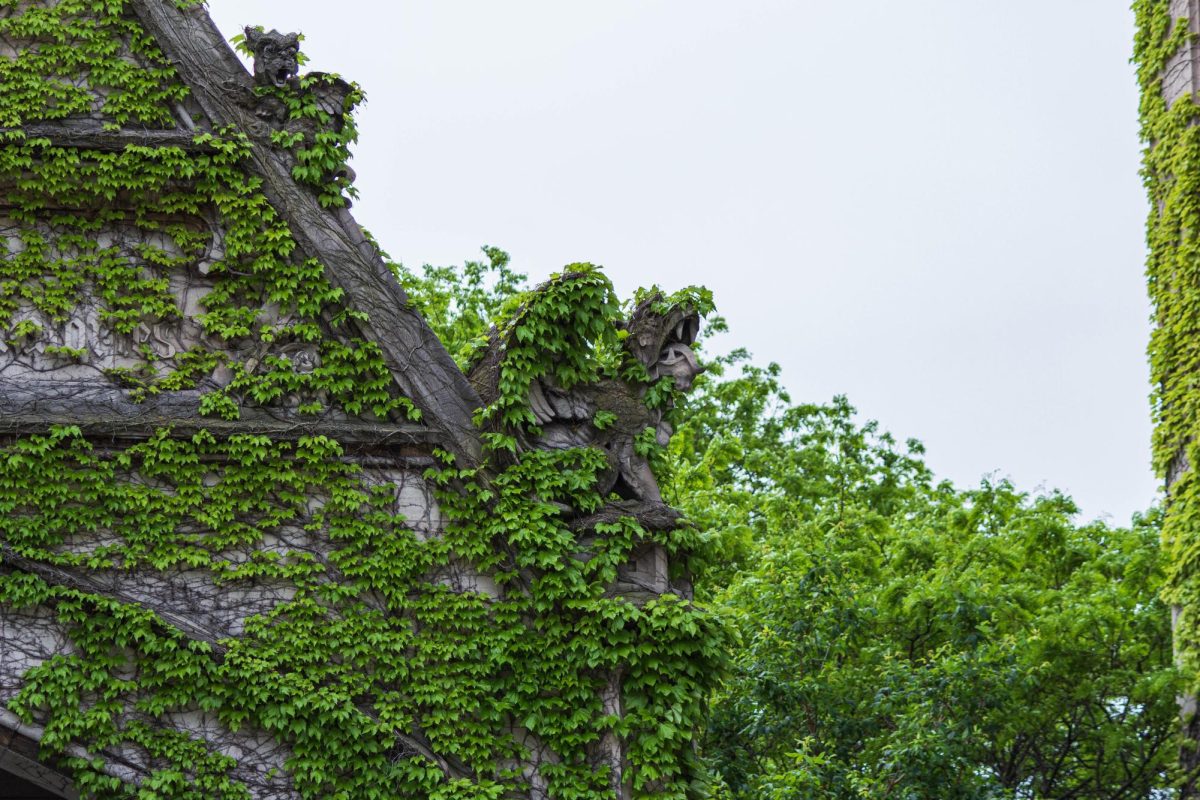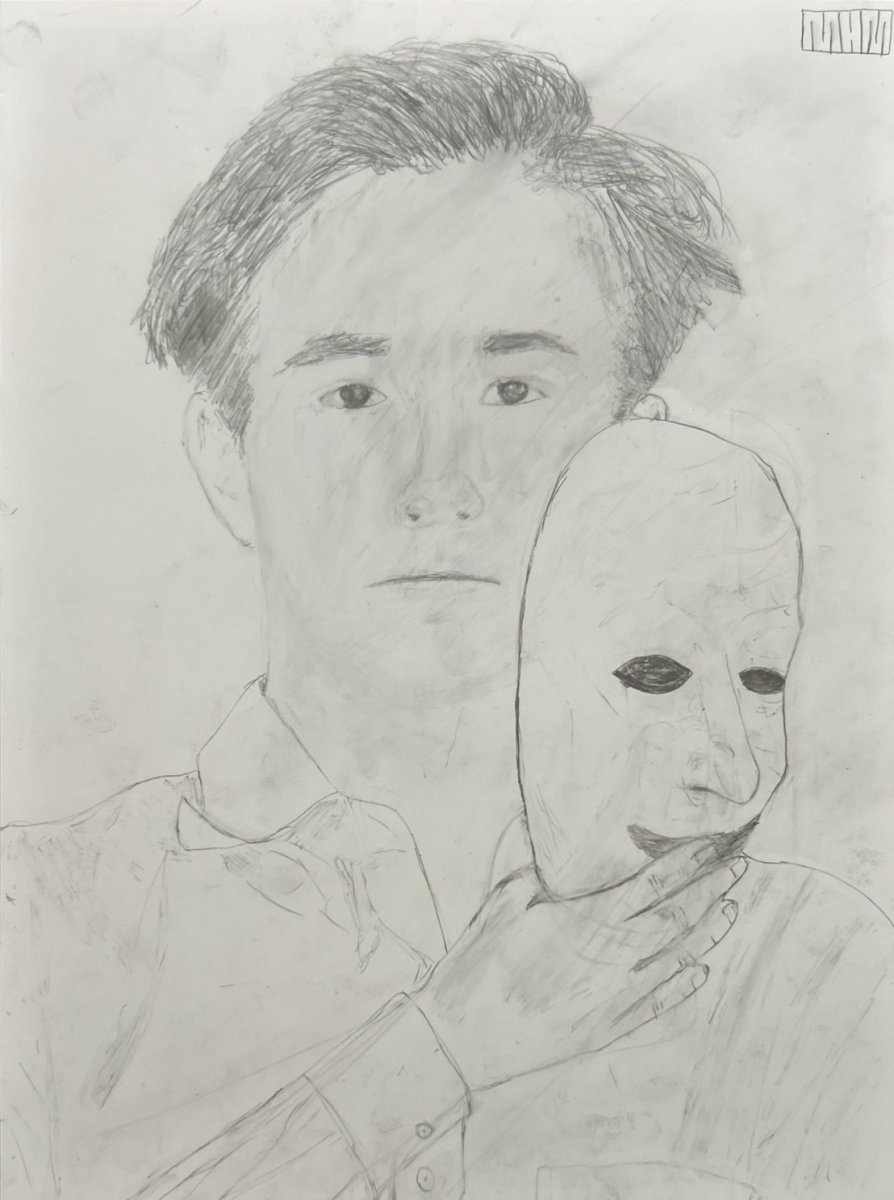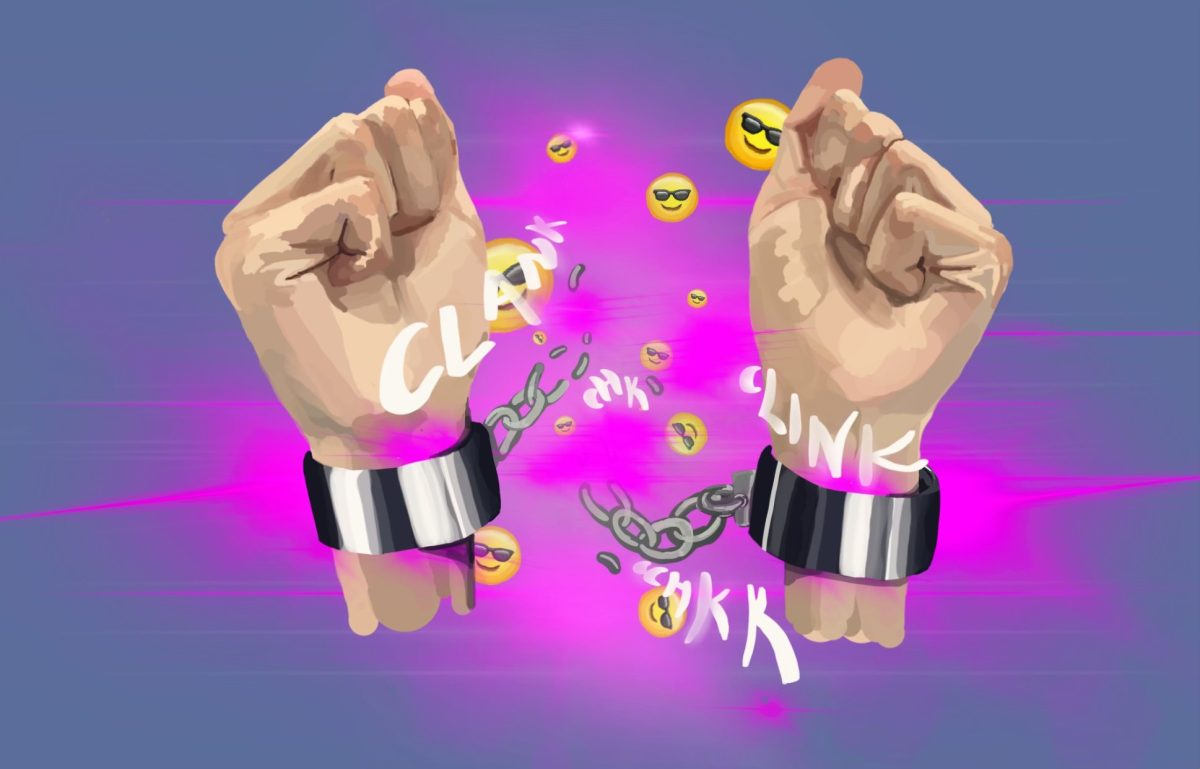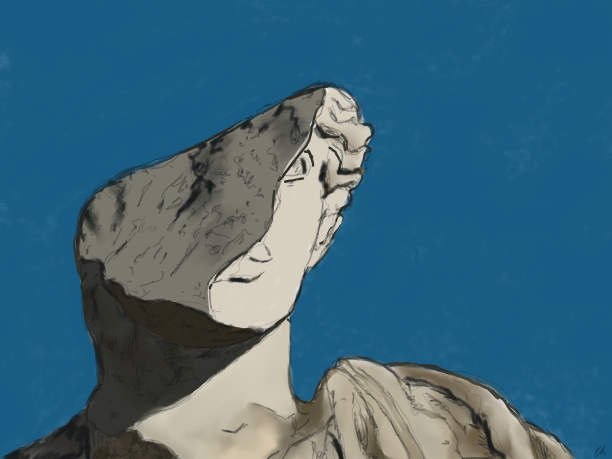I have always considered Good Friday to be the saddest day of Easter. The typical service in my tradition (Episcopalian) is the “Stations of the Cross,” or Via Doloroso (literally, “painful street”), which refers to the street in Jerusalem along which Christ walked on the way to his crucifixion. During this service, the celebrant walks the attendees through Christ’s last day as a man. It includes Christ’s condemnation, his suffering while carrying the cross, his falls under the weight of the cross, and his meeting his mother, and concludes with his death on the cross. For each of these “stations,” there is an image depicting each scene and a reading of that scene from the Bible. It is hard not to feel. Even as someone whose faith has always been characterized by doubt, I always feel great sadness and empathy for the suffering of Christ while walking the Stations of the Cross. It may only come from having grown up with the tradition, but for me, that’s what makes Good Friday so melancholic.
This year, however, I was lucky enough to spend Good Friday in Trapani, Sicily with my parents, who came to visit me for the holiday. It was a completely different experience. Each Good Friday in Trapani, there is the Processione dei Misteri di Trapani. When we arrived in Trapani on the day, it was beginning to get dark, the city was crowded, and it was difficult to find parking. From afar, the streets were filled with vendors hawking balloons and candy, and children with parents and grandparents, meandering around the piazza. It seemed more like a carnival fair than a serious religious observance.
Since we had skipped lunch, we stopped for an arancino, a stuffed and fried rice ball that is a typical Sicilian street food, and then dove into the crowd. It did not take long to hear the deep, medieval music. There was a large marching band playing, its music evoking more of a funeral march with bagpipes than anything typically peppier. The musicians were cloaked in black robes, moving slowly and deliberately with each step. Behind them came this unwieldy mass—a float of one of the Stations of the Cross, from which Christ and his tormentors hovered unsteadily over the crowd.
Through the throng of musicians, I discerned that the heavy float was carried on the shoulders of men. Each with a shoulder under a pole, they seemed somewhat similar to pallbearers, dressed in somber black suits and black leather dress shoes. Those closest to the float had their backs covered in wax from dripping candles. They were young men and old men walking in unison, feet swinging out to the side with each step and giving the float its unsteady, swaying movement. Their faces were sweaty and red. I could see the solidarity that they found in one another as they carried this enormous burden for hours on end. To give you a clearer picture, there were at least 16 people carrying each float. At the front of each float was an older man with one hand on each of the poles. His function was to guide the float as it made its long, wobbly passage through the streets of Trapani.
Little “majorette” teams led the bands that accompanied each float. The leaders were the smallest children, perhaps three to five years old. They had the most somber expressions on their faces, clearly knowledgeable of their roles. A little boy dressed up like a gladiator counted the beats to make sure his steps were in time, his face wrought with focus.
Young men urged on their friends. One saw his friend about to collapse under the weight of a float and took his place for a spell, even though he had not planned to take part in the procession and was wearing regular street clothes.
In the crowd, there were parents, grandparents, siblings, friends, and beloved pets. These families stood, cameras poised, waiting all day to see their loved ones take part in the procession.
Down the line, I saw a young man with Down’s syndrome playing in the band. Happy and smiling, he was just banging on his drum. Even though he was rarely in time with the music, he had been included in the most serious procession of the year because he was a part of the community. For that reason alone, he deserved an important place in the rituals.
I could see the more traditional Stations of the Cross: images of the suffering of Christ, the weight of the cross mimicked in the weight of the floats, Christ’s falters and sways mimicked in theirs. But something else I saw that Good Friday was an absolute sense of community. I saw a group of people rooted in a place, in its history, and its tradition, and who, most importantly, belonged to one another.
Noelle Turtur is a third-year in the College majoring in history.







